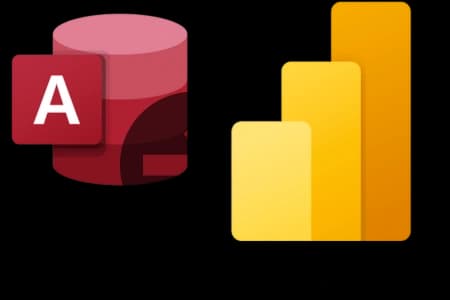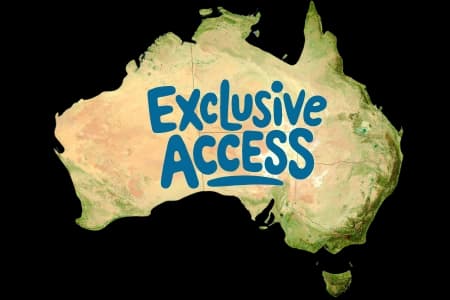

Integrate Access with Power BI

Unlock Visual Insights
Combine Your Access Data
with Power BI
Australian businesses still rely on Microsoft Access for day-to-day operations, but as data grows, so does the need for modern reporting and real-time insights. By integrating Access with Power BI, you can transform static tables into dynamic dashboards that showcase trends, improve decision-making, and connect your legacy data to Microsoft's modern analytics.
Why Integrate Access with Power BI?
Turning Legacy Data into Visual Dashboards
Power BI extends the life and value of your Access database by transforming your data into interactive dashboards and real-time reports that can be shared securely within your team.
The Business Challenge
Microsoft Access is a powerful desktop database, but it wasn't designed for the latest demands for data analytics. Integrating within the Microsoft Suite allows for a reliable, secure data transition and helps avoid some common issues with legacy Access databases.
Limited visualisation tools — charts and pivot tables can only go so far.
Scalability issues — performance slows as file sizes and user numbers increase.
Manual workflows — frequent exports to Excel or CSV for analysis.
Difficulty sharing insights — data often stays locked on one computer or network.
For teams that depend on Access, these limitations can make it hard to leverage their existing assets, integrating with Power BI reveals a plethora of new tools to visualise and utilise your business data.


What Power BI Brings
Integrating Power BI with Access opens new possibilities...
Interactive dashboards — turn Access tables and queries into live visual reports.
Centralised sharing — publish dashboards to Power BI Service or Microsoft Teams for easy access.
Automated refresh — schedule data updates directly from your Access source.
Cross-data analysis — combine Access with Excel, SQL, SharePoint, or even online APIs to get a complete picture.
Modern visuals and AI-driven insights — spot trends and outliers with just a few clicks.
Real-World Use Cases in Australia
Here are a few ways Australian organisations are benefiting from this integration...
Sales Performance Dashboards — Sales data stored in Access is visualised in Power BI for regional and product-level analysis, helping managers track KPIs in real time.
Operational Efficiency — Combining Access with Excel and third-party APIs (e.g., accounting or CRM tools) gives business owners a unified view of operations.
Internal Reporting Portals — Power BI dashboards are embedded into company intranets or Microsoft Teams channels, allowing team members to explore live data without leaving their workspace.

Need Expert Help with Access and Power BI Integration?
Our Microsoft-certified consultants specialise in connecting Access databases to Power BI, creating custom dashboards, and implementing automated reporting solutions.


Quote or
hourly rate

Ongoing
support

Remote access
or onsite

Tailored
training

